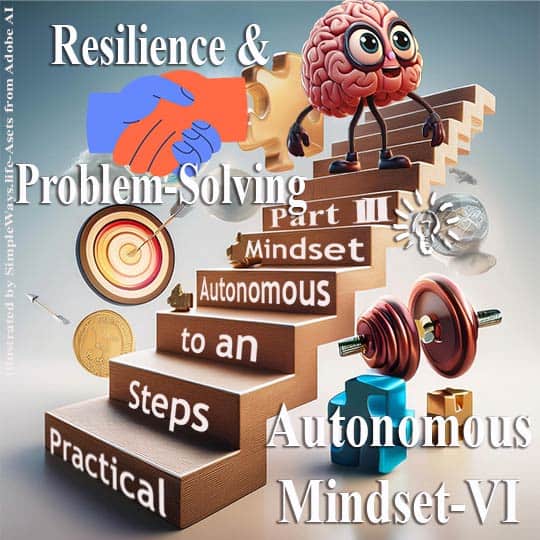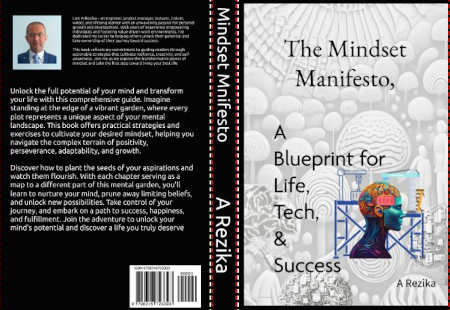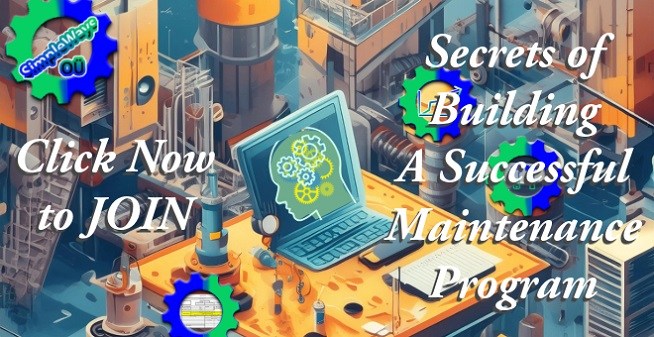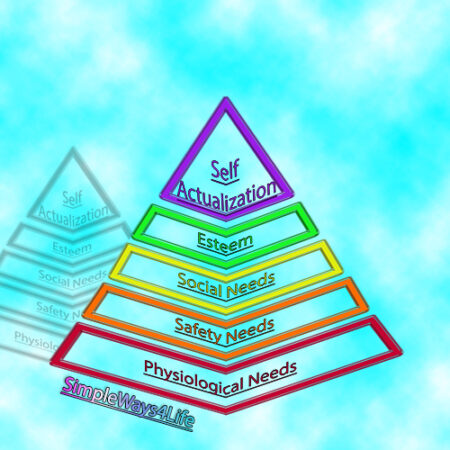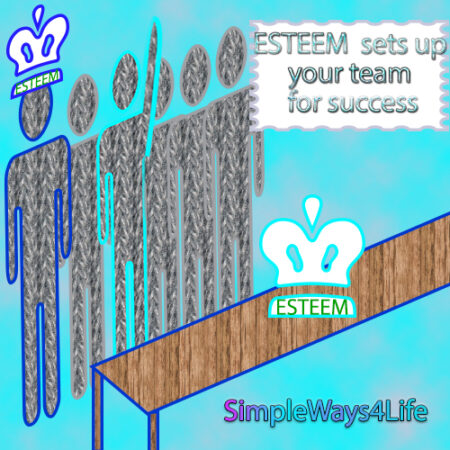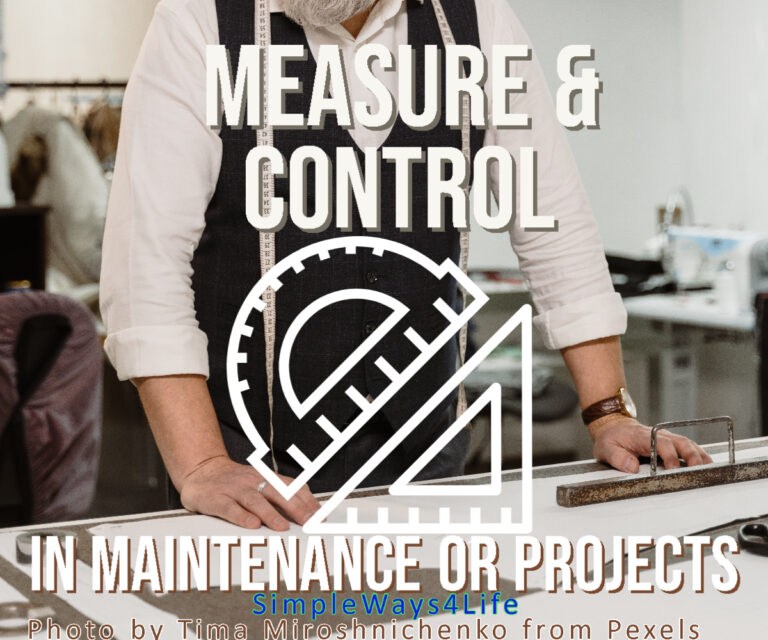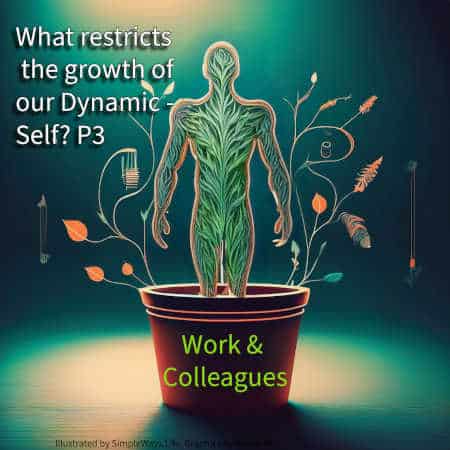In our ongoing exploration of autonomous mindset journey, we’ve discovered how self-awareness illuminates our path, clear goals guide our direction, and motivation energizes our journey. We’ve also delved into the power of discipline – not as a rigid framework, but as a flexible foundation that supports sustainable growth. Now, we turn to another crucial dimension of autonomous thinking: the synergy between resilience and problem-solving skills.
Ready to transform your mindset? Click and Get your copy > Now For Sale on Simpleways.life & Amazon
As shortly will be outlined in “Mindset Manifesto, Blueprint for Life, Tech & Success,” and detailed in “Autonomous Mindset, A Transformative Guide to Thinking & Living” booklet, true autonomy requires more than just independence – it demands adaptability and the capacity to navigate challenges effectively. While discipline provides the daily structure for progress, resilience and problem-solving abilities ensure we can bend without breaking, adapt without losing sight of our goals, and transform obstacles into opportunities.
Why are both of Resilience and problem-solving important for the autonomous mindset journey?
Think of resilience and problem-solving as two sides of the same coin. Resilience gives us the emotional strength to face challenges, while problem-solving provides the tactical tools to overcome them. Together, they create a powerful approach that helps us not just survive disruptions but thrive through them. Through practices like resilience journaling, adaptation challenges, and structured problem-solving frameworks, we develop the mental agility needed for true autonomous thinking.
In today’s discussion, we’ll explore practical tools that strengthen both resilience and problem-solving capabilities. These aren’t just theoretical concepts – they’re actionable strategies that you can implement immediately in your journey toward greater autonomy. Whether you’re facing professional challenges, personal setbacks, or simply seeking to build a more robust mindset, these tools will help you develop the resilience needed for sustainable success.

CUSTOMPRICE-TO2JAN26
Resilience & problem-solving skills go hand-in-hand
Resilience and problem-solving skills form a powerful duo in cultivating an autonomous mindset, working together like two sides of the same coin. While resilience gives us the strength to bounce back from setbacks and persist through challenges, problem-solving equips us with the tools to navigate these obstacles effectively. Think of resilience as the emotional fortress that keeps us standing, while problem-solving serves as the strategic arsenal that helps us find our way forward. When we face obstacles – whether they’re professional roadblocks, personal challenges, or unexpected setbacks – it’s the combination of resilience and problem-solving that transforms these difficulties from potential breaking points into opportunities for growth. This dynamic pairing not only helps us overcome immediate challenges but also builds our confidence in handling future uncertainties, a crucial element of true autonomy.
The synergy between these skills is particularly powerful because they reinforce each other: successful problem-solving builds resilience by proving we can overcome challenges, while resilience gives us the emotional stability and persistence needed to work through complex problems. As we strengthen both abilities, we develop a more autonomous approach to life, becoming less dependent on external guidance and more confident in our ability to chart our own course.
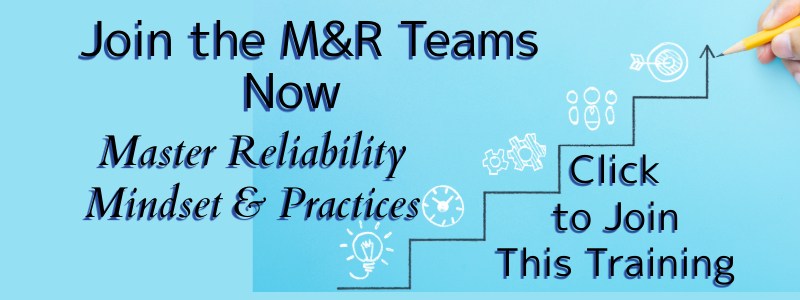
CUSTOMPRICE-TO2JAN26
Challenge The Adaptation:
Intentionally disrupt routines to develop adaptability. Routines are great to ensure continuity and achievement and fight the wane that sometimes creeps into our activities. However, dwelling in them too much—which may happen with both healthy and unhealthy routines—will turn them into a comfort zone. How do you know it’s a comfort zone? When it’s disrupted and you’re compelled to do something different, your fear fiercely resists any step out of this routine or comfort zone. So you can introduce small disruptions to program the resilience mindset properly.
Practical Example: She decided to take public transport instead of driving to work for a week. She learned to plan better, stay calm in delays, and even discovered a new café near her stop. Don’t wait for external disruption as they might disrupt you. Intentionally stepping out of your comfort zone is key to next achievements.
Another Practical Example: In the Autonomous Mindset booklet
The beauty of deliberately challenging you adaption lies in its controlled nature – you choose when and how to push your boundaries, building resilience on your own terms rather than waiting for circumstances to force change upon you.

CUSTOMPRICE-TO2JAN26
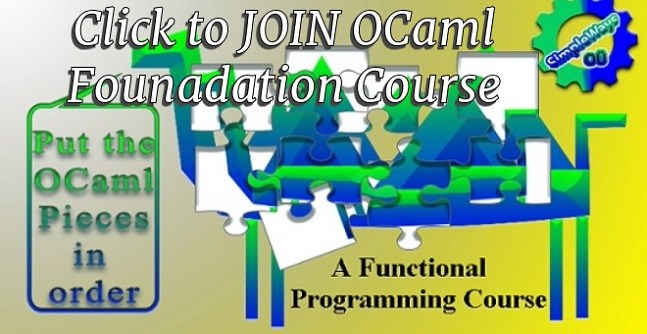
CUSTOMPRICE-TO2JAN26
Resilience Journaling:
Reflect on past setbacks and how you overcame them. Write about what you learned and how you’ve grown. You might achieve this from books that tell true stories or the stories you learn about others. Just make sure that those are not fiction books and fake social media shows. This helps processing emotions constructively, creating a personal playbook for future challenges, and transforming perceived failures into stepping stones for growth. The key is focusing on extracting actionable insights rather than dwelling on the setback itself.
Practical Example: After failing a certification exam, he writes, “This failure taught me the importance of practicing mock tests. I’ll allocate 2 hours daily to practice questions before my next attempt.” Goal didn’t fade away but the life lesson learnt.
Another Practical Example: In the Autonomous Mindset booklet
Problem-Solving Framework:
Use a structured method to address challenges by rising above the immediate emotional response to reach effective solutions. This approach combines systematic thinking with emotional intelligence to transform obstacles into opportunities for growth.
Before diving into solutions, take time to calm your anxiety – remember, solutions emerge from a clearer mental state than the one where the problem originated. You can rely on proven techniques like “What If?” Scenarios or “Root Cause” Analysis to reach real, lasting solutions rather than temporary fixes.
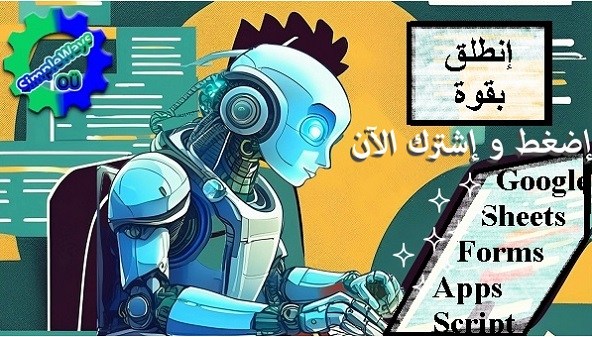
CUSTOMPRICE-TO2JAN26
Practice on this framework by analyzing past challenges and brainstorming alternative solutions – this not only sharpens your critical thinking but builds confidence in your future problem-solving abilities. Remember, the goal isn’t just to solve the immediate problem but to develop a resilient mindset that approaches future challenges with clarity and confidence. As usual the main target is to enjoy the Autonomous mindset Journey because it doesn’t have a final destination to wait for.
Follow these steps:
- Define the issue precisely
- List potential solutions
- Weigh options objectively
- Choose and implement the most viable solution
- Review and adjust as needed
More detail on the steps will be in the Autonomous Mindset booklet
Practical Example: When facing a budget shortfall, A writer defines her problem as “overspending on unnecessary items.” After calming her initial financial anxiety, she brainstorms solutions like meal prepping and canceling unused subscriptions. Rather than making reactive cuts, she methodically reviews each subscription’s value, leading to mindful decisions about which services truly enhance her life.
Another Practical Example: In the Autonomous Mindset booklet

CUSTOMPRICE-TO2JAN26
In Conclusion,
Building resilience and problem-solving capabilities isn’t just about weathering storms – it’s about emerging stronger and wiser from each challenge. Through intentional practices like resilience journaling, adaptation challenges, and structured problem-solving frameworks, we develop the mental agility that true autonomy requires. Remember, resilience isn’t about being unbreakable; it’s about becoming more adaptable, more resourceful, and more capable of finding solutions even in unfamiliar territory.
As we’ve seen, combining resilience with systematic problem-solving transforms challenges from potential roadblocks into stepping stones for growth. Each time we consciously practice these skills – whether through documenting our learnings, intentionally stepping out of comfort zones, or methodically analyzing problems – we strengthen our autonomous mindset and expand our capacity for independent decision-making.
Join us as we continue this journey, exploring how to create and maintain an ecosystem that amplifies our autonomous mindset and supports our ongoing growth.
If you feel you need help with any of these ideas we discussed, request a Management Consultancy or Coaching Services From our Store

